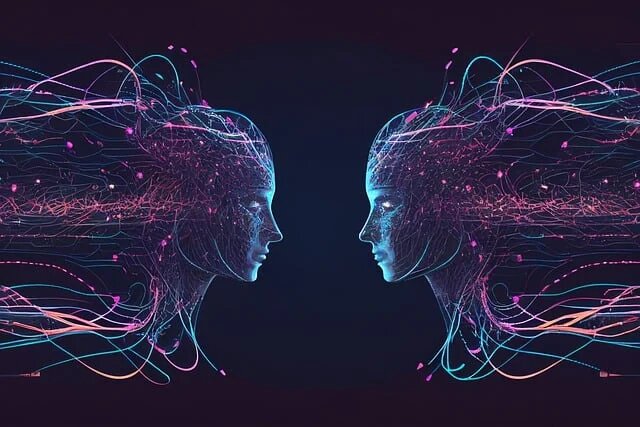Virtual intimacy consumes physical resources
Believe virtual intimacy is an eco-conscious alternative to traditional dating? Think twice. Regrettably, the servers supporting our bot partners require substantial energy and water. Essentially, the AI landscape faces a significant sustainability challenge, especially with the rising adoption of chatbot companions globally.
The significant water usage linked to AI is clarified in a FluixAI piece. It’s attributed to the evaporative HVAC systems crucial in data centers. These systems rely on water evaporation to cool air, subsequently cooling servers. As air interacts with water-saturated pads, heat is absorbed and water evaporates, consuming a substantial amount of water.
In essence, this underscores the tangible resources tied to our intangible digital engagements.





